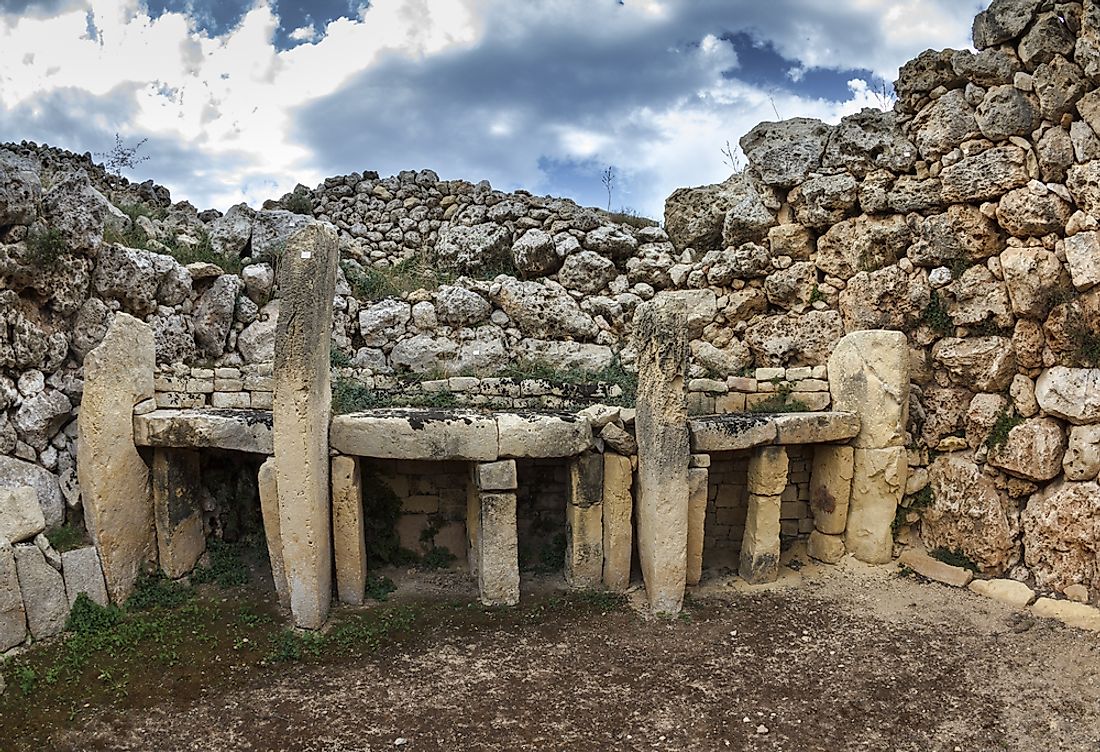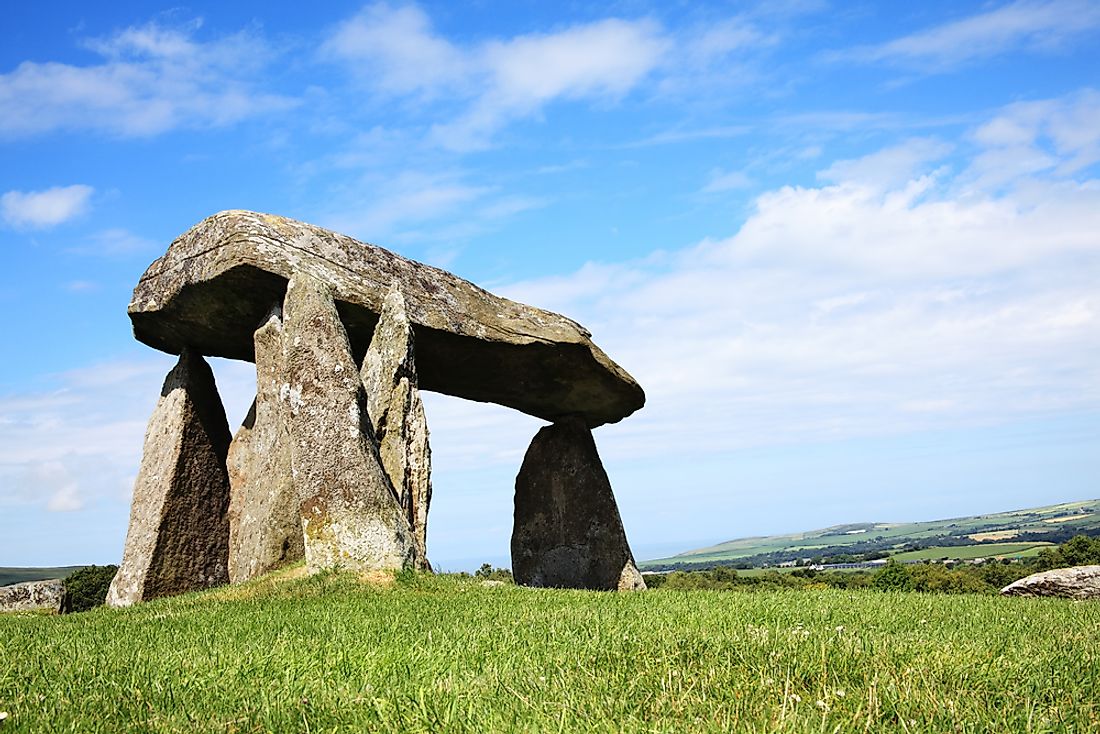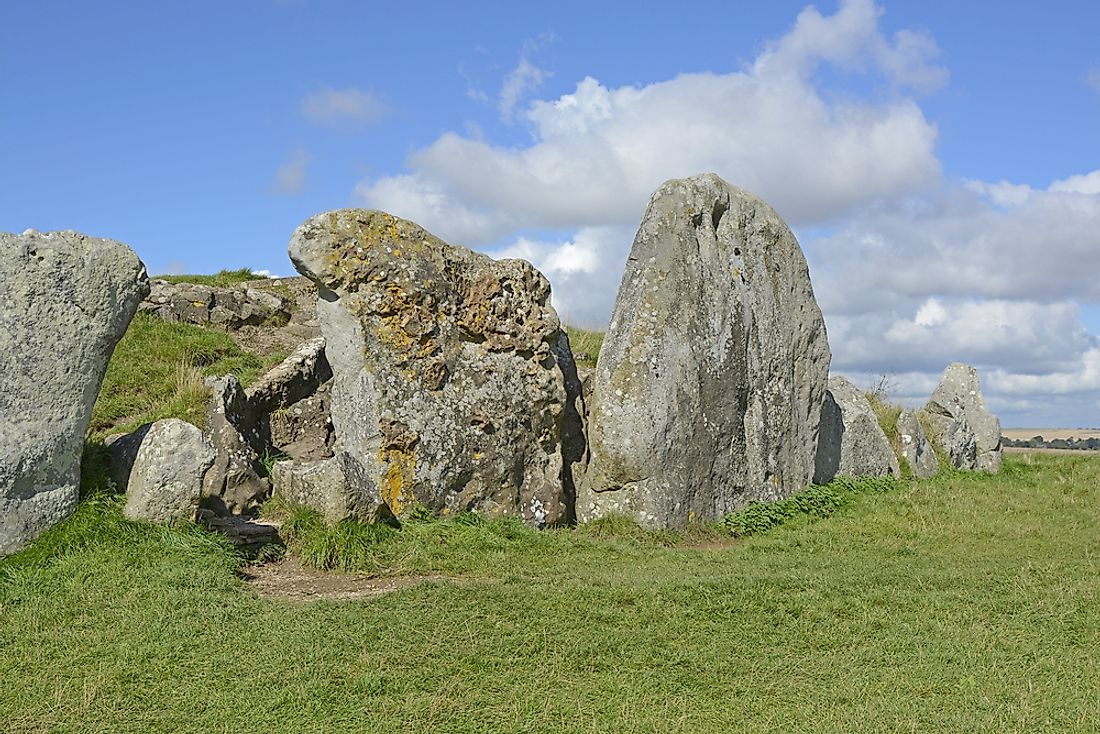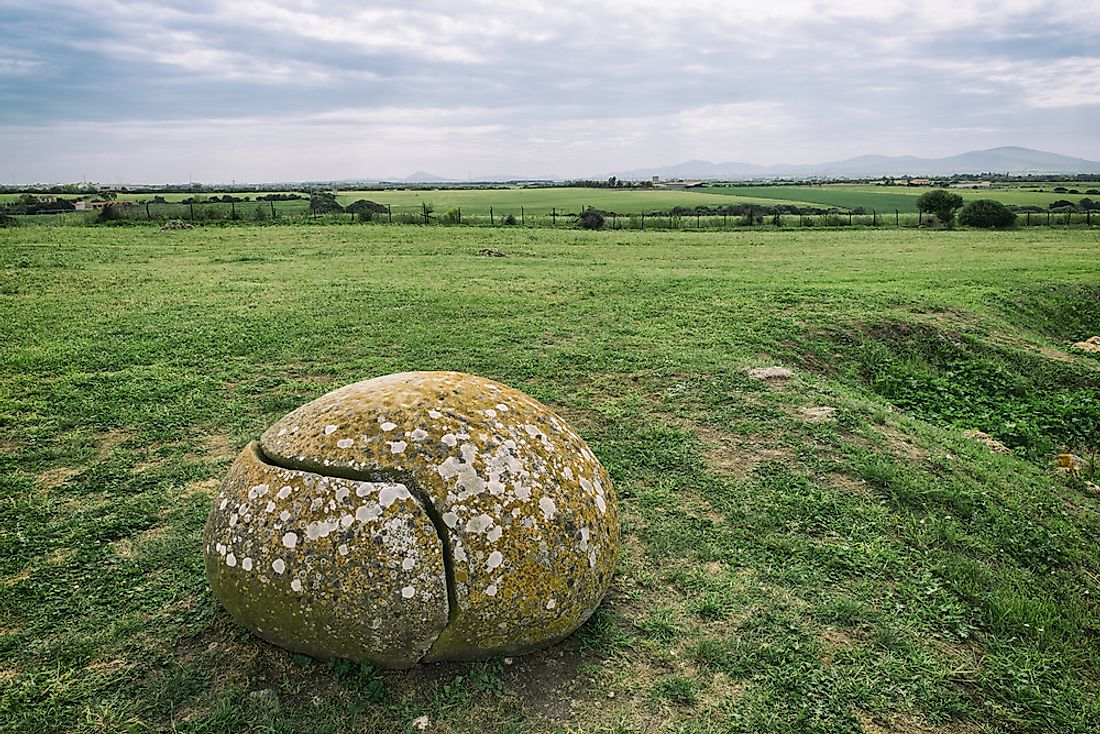The 10 Oldest Buildings in the World

The world oldest buildings shed a light on the early beginnings of civilization. They also help us understand the intellect of humans in the bygone era and how it has evolved.
10. Sechin Bajo, Peru - 3500 BCE
Sechin Bajo is a 30-hectare archaeological site, 370 kilometers in the north of Lima, Peru, in the Casma Valley. Sechin Bajo has buildings from times when it was occupied. It is believed to have been the capital of the pre-Incan culture in 1800 and 1900 BC. Recent archaeological excavations have revealed a circular stone plaza dating around 3500 BC. Sechin Bajo is believed to be the oldest complex in the New World and is part of a larger archaeological site called the Sechin Complex.
9. Pentre Ifan, Wales - 3500 BCE

The Pentre Ifan Burial Chamber is a megalithic (stony) burial chamber site in Pembrokeshire, Wales. Built around 3500 BC, it translates to mean Ivan’s Village and is the country’s most popular megalithic site. The Pentre Ifan Burial Chamber came to being after excavations in the area revealed a 16 ton and 5-meter long capstone balanced on three huge stones 2.4 meters off the ground. The capstone points to the Nevern River and valley.
8. Listoghil, Ireland - 3550 BCE
Listoghil is a historical central tomb among others tombs at Carrowmore in County Sligo, Ireland. The Carrowmore tombs make up one of four main passage tomb cemeteries in the country. Listoghil is believed to have been established in 3550 BC. The tomb is unique being the only one with cairn covering that was 15 metres high, before being plundered for stones to build walls. Before being vandalized, the cairn was 32 meters in diameter. The Listoghil tomb also has megalithic carvings at the front and on the inner face of one of the stone pillars. Efforts to reconstruct the tomb in 2003 proved controversial on how it should be done in order to restore and capture their historical authenticity.
7. West Kennet Long Barrow, England - 3650 BCE

West Kennet Long Barrow is a cluster of chambered tombs dating back to 3650 BC, an era known as the new Stone Age. These tombs are located in Wiltshire, England and many people were cremated and buried here before the tombs were closed in 2000 BC, after being used for at least 1000 years, according to the English Heritage Organization. The closing up of the main passage was done with earth, stones, rubble and debris and the forecourt with sarsen sandstone boulders. Excavations in 1859 and 1955 to 1956, unearthed pottery, stone tools like daggers, and beads dating back to between 3000 and 2600 BC.
6. Ggantija, Malta - 3700 BCE
Ġgantija Temples are grouped as a UNESCO World Heritage site in Xaghra in Gozo Island, Malta. These two temples date back to between 3600 and 3200 B.C period according to Heritage Malta. Ġgantija Temples are among the world’s oldest free standing monuments and precede the Stonehenge and the Egyptian pyramids. The temples, located on a 3.155 hectares property, are notable for their enormous Bronze Age structures. The space between the inner chambers and the external walls of the temples is filled with stones and earth which bind the structure together. Temple builders also used locally sourced stones to build the temples. Hard coralline limestone was used for external walls and soft globigerina Malta limestone for the interiors like altars, doorways and decorative slabs.
5. Knap of Howar, Scotland - 3700 BCE
The Knap of Howar is a Neolithic (new stone age) site in Papa Westray Island in Orkney, Scotland. The building preserved at the site is considered the oldest stone house in northern Europe, and dates back to 3700 and 3500 BC. The Knap of Howar has two houses referred to as farmstead, constructed through a dry stone construction with an adjacent passageway between them. The houses have two cupboards and stalls and were occupied for 500 years, according to Papay Development Trust. The farmstead stone walls are 1.6 meters in height according to Ancient History. From archaeological digs, in 1930 and 1970s, it’s suggested these structures were built on top of an older site and formed the core of a farming establishment in that era.The two houses are preserved by windblown sand.
4. Monte d'Accoddi, Italy - 4000 BCE

Monte d’ Accoddi is an archaeological site discovered in 1954 and located in Sassari; northern Sardinia, Italy, and is dubbed the step pyramid of Italy. This site’s oldest sections date back to 4000 to 3650 BC, and historians have presumed it to have been an altar or a temple, due to lack of entrances or chambers. Monte d’ Accoddi has a base of 27meters by 27 meters and a height of 5.5 meters. It has a platform of 12.5 meters by 7.2 meters that is accessed through a ramp.This site is the most thorough representation of Sardinia’s prehistory because it has the most vital elements of innovation and tradition during the passage from Neolithic (new Stone Age), to the Eneolithic period (transition between the Neolithic and Bronze Age) according to the historical account provided by the University of Sassari.
3. Tumulus Saint-Michel, France - 4500 BCE
Tumulus Saint-Michel is a stony grave mound located east of Carnac in north-western France. This mound dates back to 4500 BC and is 12 meters high, 125 meters long, and 60 meters wide making it the largest grave mound in continental Europe. At the top of the Tumulus Saint-Michel is a chapel offering vintage views of the beautiful landscape, the Quiberon Bay, and the Rhuys peninsula. The chapel is dedicated to the Archangel Michael. When archaeologists excavated it, they found prestigious objects crafted from Italian Jadeite, a testament to the mound being a burial place of a person with high social standing according to France’s National Monuments Centre.
2. Tumulus of Bougon , France - 4700 BCE
Tumulus of Bougon is a series of five grave mounds dating back to 4700 BC, in the Bougon region of Western France. These necropolises from the New Stone Age period were discovered in 1840 by archaeologists, and are the oldest grave mounds in Europe. Mounds like the Tumulus of Bougon were made from heavy slabs some of which would weigh up to 90 tonnes. The Tumulus of Bougon give a preview at mankind’s history in the Neolithic era, and the emergence of agrarian communities, new technologies like stone polishing, weaving, pottery, and human settlements according to Memo Travel. That is because in the Neolithic era, the dead were buried with offerings, and excavations have proved the aforementioned lifestyle.
1. Barnenez, France - 4850 BCE
Located in Brittany, France, the Cairn of Barnenez is one of the oldest structures on Earth and dates back to 4850 BC. This cairn is 72 metres long, 20 to 25 metres wide and 9 metres tall, and has 11 burial chambers with passageways. It is a representation of the Neolithic period when the use of polished stone, livestock farming and agriculture began, according to France’s National Monuments Centre. The Cairn of Barnenez is set on top of a hill along the coast of the English Channel. It’s conspicuous for its long appearance and the serrated patterns of arrangement of the stones forming it. The stones have V-shaped engravings and dotted axes. The Cairn of Barnenez is estimated to weigh between 12,000 and 14,000 metric tonnes. Entrances to the burial chambers face the south-east towards the sunrise.







